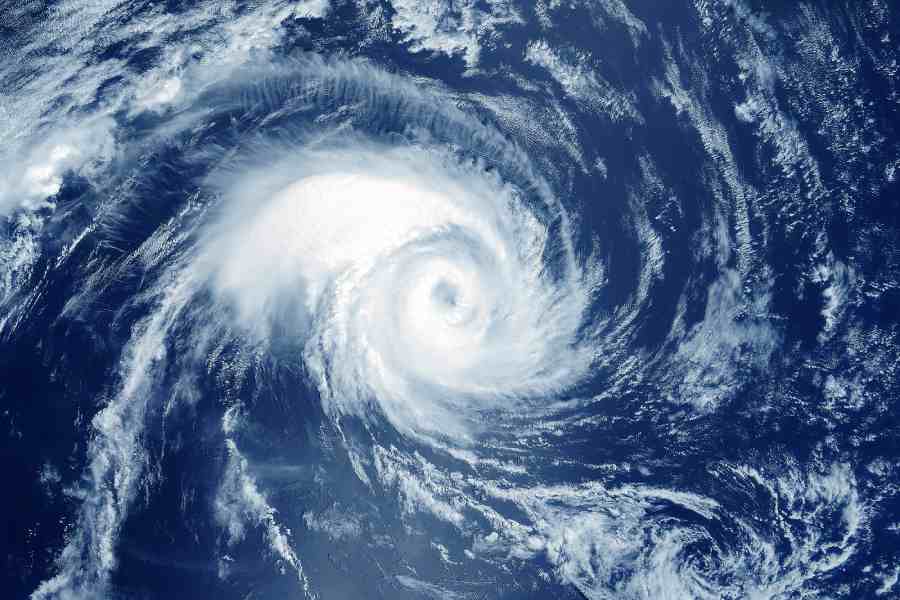Researchers have found that the catastrophic Australian wildfires in 2019-2020 contributed to ocean cooling thousands of miles away, ultimately nudging the Tropical Pacific into a rare multi-year La Nina event that dissipated only recently.
The research, led by National Center for Atmospheric Research (NCAR), US, is published in the journal Science Advances.
Because the emergence of La Nina can often be predicted months in advance, it's an important phenomenon for seasonal climate forecasts.
"Many people quickly forgot about the Australian fires, especially as the COVID pandemic exploded, but the Earth system has a long memory, and the impacts of the fires lingered for years," said NCAR scientist John Fasullo, lead author of the study.
While not uncommon, a La Nina occurrence for three consecutive winters is rare. The recent run of La Ninas, beginning in the winter of 2020-21 and continuing through last winter, is only the third string of three in the historical record, which dates back to 1950.
The recent La Nina streak is also unusual because it is the only one that did not follow a strong El Nino - a warming instead of cooling in the Tropical Pacific with similar but opposite climate impacts.
Previous studies have established that events in the Earth system, including aerosol emissions from large volcanic eruptions in the Southern Hemisphere which cool the climate, can shift the odds toward a La Nina emerging.
Given the massive scale of the Australian fires - which burned an estimated 46 million acres - Fasullo and his co-authors wondered what climate impacts the resulting emissions might have had.
To investigate the question, the researchers used an advanced NCAR-based computer model called the Community Earth System Model, version 2, to run two batches of simulations on the Cheyenne system at the NCAR-Wyoming Supercomputing Center (US). All the simulations started in August of 2019, before the blazes in Australia became historically large, but only one set incorporated the emissions from the wildfires as observed by satellite.
The team found that the emissions from the wildfires, which quickly encircled the Southern Hemisphere, kicked off a chain of climate interactions. Unlike a volcanic eruption, the bulk of wildfire emissions did not make it high enough in the atmosphere to cool the climate by directly reflecting sunlight.
Instead, the aerosols that formed from the emissions brightened the cloud decks across the Southern Hemisphere and especially off the coast of Peru, which cooled and dried the air in the region, ultimately shifting the zone where the northern and southern trade winds come together.
The net result was a cooling of the Tropical Pacific ocean, where La Ninas form, over multiple years.
In the months preceding this strong three-year La Nina event, some seasonal forecasts were still predicting "neutral" conditions in the Tropical Pacific.
Fasullo said the new research helped explain this missed forecast and highlighted the importance of using a coupled Earth system model, which includes the atmosphere and the ocean, as a forecast tool.
Except for the headline, this story has not been edited by The Telegraph Online staff and has been published from a syndicated feed.











